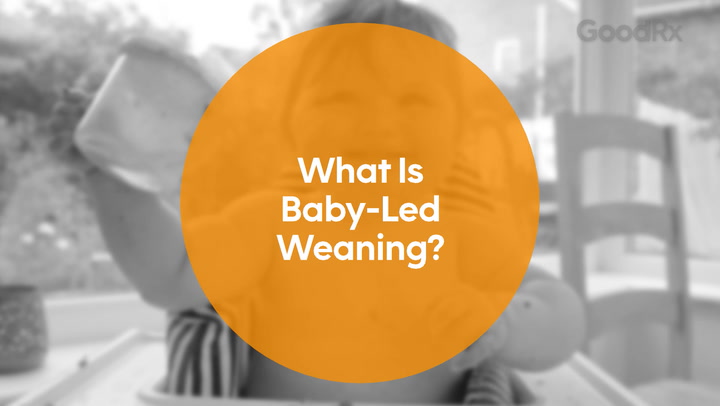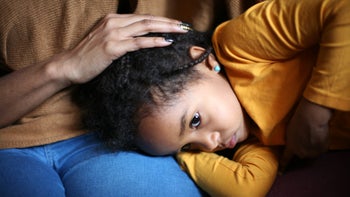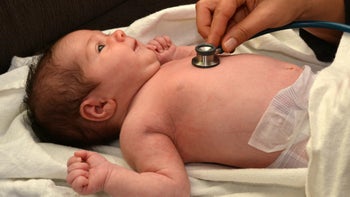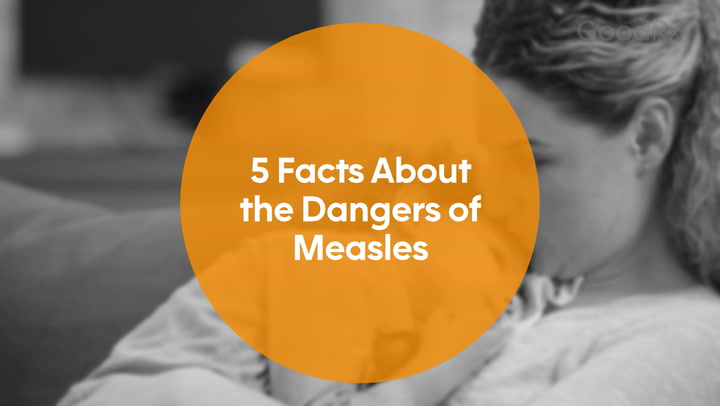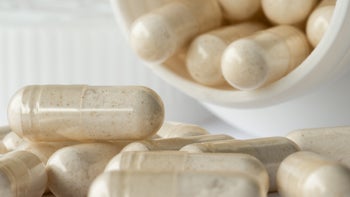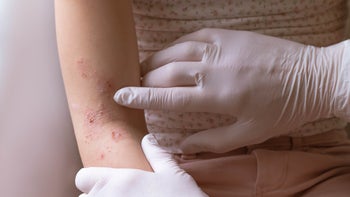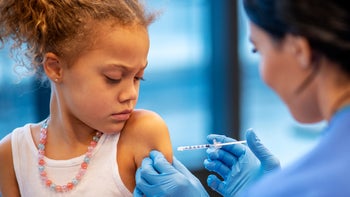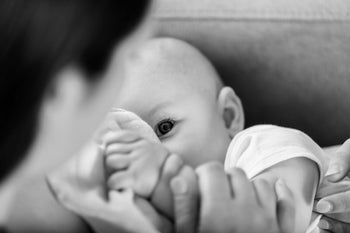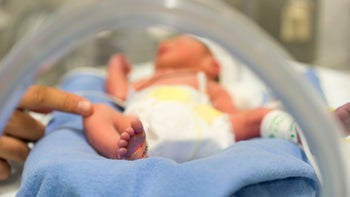
Why Your Newborn’s Skin Is Peeling and What to Do About It (With Pictures)
Key takeaways:
Newborns are born with very thin and delicate skin.
It’s normal for a baby’s skin to peel and flake in the first few days of life.
Other skin changes are common over the first days and weeks of life as they adjust to life on the outside. These can be made worse by irritation from soaps, lotions, detergents, diapers, or clothing.
Many newborn skin conditions resolve on their own without the need for special treatment. But knowing how to care properly for your newborn’s sensitive skin can go a long way.
Table of contents
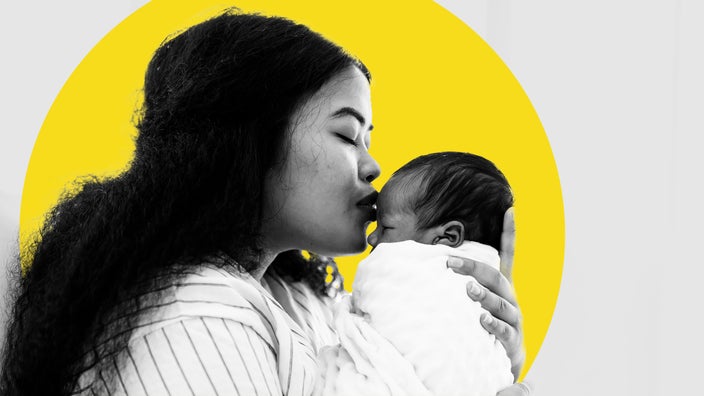
Save on AUVI-Q® (epinephrine injection, USP)
Be prepared with AUVI-Q, an epinephrine auto-injector with voice instructions. See if you could get AUVI-Q for as little as a $35 copay*. Not covered or uninsured? You can still save with GoodRx.

*See full terms at auvi-q.com/support I GoodRx Health information and resources are reviewed by our editorial staff with medical and healthcare policy and pricing experience. See our editorial policy for more detail. We also provide access to services offered by GoodRx and our partners when we think these services might be useful to our visitors. We may receive compensation when a user decides to leverage these services, but making them available does not influence the medical content our editorial staff provides.
Babies aren’t usually born with the clear, blemish-free skin we’re used to seeing in the media. In fact, most babies start out bruised, scratched, and wrinkled. And as days pass, newborns can develop flaky and chapped skin, as well as rashes and bumps.
Most of these changes are entirely normal. After all, babies have very thin and delicate skin. But as an anxious new parent, it’s helpful to know when newborn skin changes deserve a closer look and a little extra care.
Peeling newborn skin
It’s normal for newborn skin to peel in the first 2 weeks of life. This happens because babies shed their top layer of skin. It’s more noticeable if your baby was born past their due date. Skin peeling is common on the arms and legs, but it can happen anywhere on the body.
Dry skin
Many newborn babies have dry skin. It may look like skin peeling, but it’s a different process that can last longer. After babies emerge from their fluid-filled environment inside the uterus, they need to adjust to the dry air of the outside world. Their skin is thinner than older children and adults, which means it’s more likely to be damaged or dry out. Babies’ dry skin can be especially intense on the arms, wrists, legs, and ankles, where it can crack and bleed.
Dry skin treatment
To help treat dry skin, you can use mineral oil, petroleum jelly, or a mild, unscented baby lotion. Also, avoid frequent baths, which can make dryness worse.
Eczema
Eczema causes patches of dry, peeling, scaly skin. It isn’t usually a problem right at birth. But it can show up over the first few weeks or months with red, chapped-looking skin on the cheeks, trunk, hands, or feet.
Eczema runs in families — especially families whose members also have allergies and asthma.

Eczema treatment
When bathing, skip the soap, which can aggravate eczema. Unscented emollient creams can prevent eczema flare-ups and help the skin heal.
Seborrhea, dandruff, or cradle cap
“Cradle cap” is the common name for seborrheic dermatitis in infants. It causes a flaky, peeling scalp and head — although it can involve the face and other areas as well.
The peeling skin can look yellow and greasy. Skin flakes are larger than the skin flakes you get with eczema or dry skin. Seborrhea is caused by inflammation of the skin surface.

Cradle cap treatments
Cradle cap usually clears up on its own in a few weeks or months. To remove scales sooner, try using a soft brush after washing with baby shampoo. For more stubborn scales, apply mineral oil or petroleum jelly, let it soak, and then gently remove scales. A prescription shampoo can also help it clear up faster.
Diaper rash
It’s hard to completely avoid diaper rash when you have a newborn. The skin can look raw and red, with peeling or scaly skin. Many different factors can contribute, including:
Chemical irritation from poop and pee
A sensitivity to chemicals in the diapers themselves
Yeast living on and irritating the surface of the skin

Diaper rash treatments
Wash, dry, and protect! Keep the area as clean and dry as possible. Then protect the skin with a thick barrier cream. Be sure to change diapers quickly when they become wet or soiled. If the diaper rash doesn’t improve, or it looks blistered, crusty, or oozy, it could be infected. In this case, you may need to also use medicated creams.
How should you treat a newborn’s peeling skin?
Treating your baby’s skin starts with good daily skin care. This is true whether or not your baby has skin issues. Good skin care habits can help support your baby’s delicate skin health.
Caring for your newborn baby’s skin isn’t complicated. In fact, it’s best to keep things simple:
Clear, clean water is best. Use a soft cloth and clean, warm water to wash your baby’s skin.
Be gentle. Your baby’s skin is sensitive. Wipe or pat the skin gently as you wash and dry your baby. Rubbing can damage the natural protective skin barrier.
Less is more. Newborns don’t need to be bathed very often — once or twice a week is fine. Except for the face and diaper area, most newborns don’t get very dirty, and newborn skin will develop its own microbiome of good bacteria over time.
Avoid irritants. When you do need to clean your baby’s skin, avoid anything that might irritate it, like products with chemical scents or dyes.
If your baby’s skin seems especially sensitive, you can try washing clothing and cloth diapers in extra-mild detergent and rinse them twice with clear water before drying them.
What other skin changes are normal in infants?
Newborn skin can show all kinds of different marks. Right after delivery, it’s common for babies to have:
Bruises
Wrinkles
Scratches or scrapes
A slightly purple look to the hands and feet
After the first few days, many of these early changes fade, but others can appear. In their first few weeks of life, you might notice:
Pimples
Mild jaundice (yellow color)
Areas where you can see veins through the skin
Chapped lips, cheeks, or chin
Babies who were born weeks before their due date have especially delicate skin. In addition to all of the changes listed above, premature babies often have:
Soft hair all over their body
Very thin skin, making it easy to see their veins
Skin that is extremely sensitive to clothing or diapers
Newborns can get many different kinds of bumps and spots on their skin. Usually, they’re harmless and go away on their own within a few weeks to months. The color, size, and timing of their appearance can give clues to what they are. Common causes include:
Milk spots: These are tiny white bumps that show up across the nose, forehead, chin, and cheeks. The medical name for these is milia.
Baby acne: Big changes in hormone levels during pregnancy and delivery can cause blocked pores and pimples in a newborn’s skin, just like in teenagers and adults. In baby acne (also called neonatal acne), pimples affect the baby’s face and body. They can be lone pimples, or show up in clusters.
Sebaceous hyperplasia: This is another thing that happens when babies are exposed to high levels of maternal hormones during pregnancy and delivery. Oil (sebaceous) glands become temporarily enlarged and show up as small, yellowish bumps, usually on the nose and cheeks.
Heat rash: Also called miliaria or prickly heat, this rash is caused when the sweat glands in the skin get blocked. This usually happens when the skin is warm and trying to sweat. Heat rash looks like patches of tiny pink, white, or clear bumps. It usually appears on the back or chest.
Erythema toxicum (ET): Despite the big name, this is a very common condition that looks like small red splotches of skin with tiny white or yellow bumps.
Transient neonatal pustular melanosis (TNPM): This is most common in Black newborn babies. TNPM causes small bumps that break open and leave behind small dark freckles that eventually fade.
When to see your pediatrician about your newborn’s skin?
It’s always OK to speak with your baby’s care team if you are worried about your newborn. Most of the time, newborn skin conditions aren’t an emergency. Your primary care doctor, pediatrician, or other health professionals can give you some guidance and recommendations for how best to support your baby’s skin health at the next scheduled visit.
That said, there are times when your newborn’s skin deserves quick attention. Call your doctor’s office right away if your newborn seems sick, or if any area of your baby’s skin:
Is oozing, bleeding, or draining
Appears to hurt when you touch it
Feels hot and looks bright red
Is changing rapidly
The bottom line
Many parents worry about their newborn’s skin in the first few days and weeks of life. Baby skin is so delicate that it can have a hard time protecting itself against its new environment outside the womb. It’s normal for newborn skin to peel, flake, or look a little dry. But most newborn skin conditions are harmless and go away on their own with time and a little extra care. Build gentle skincare into your baby’s daily routine, and keep products to a minimum. Warm water and a gentle, clean cloth are usually all you need.
Images used with permission from VisualDx (www.visualdx.com).
References
American Academy of Dermatology Association. (2021). How to care for your baby’s skin, hair, and nails.
DermNet. (2018). Transient neonatal pustular melanosis.
European Medical Journal. (2021). Transient cutaneous alterations of the newborn.
Medline Plus. (2023). Skin findings in newborns.
Navsaria, D. (2023). Bathing your baby. American Academy of Pediatrics.
Nemours KidsHealth. (2022). Erythema toxicum.
O’Connor, N. R., et al. (2008). Newborn skin: Part I. Common rashes. American Family Physician.
Seattle Children’s Hospital. (2023). Newborn rashes and birthmarks.




